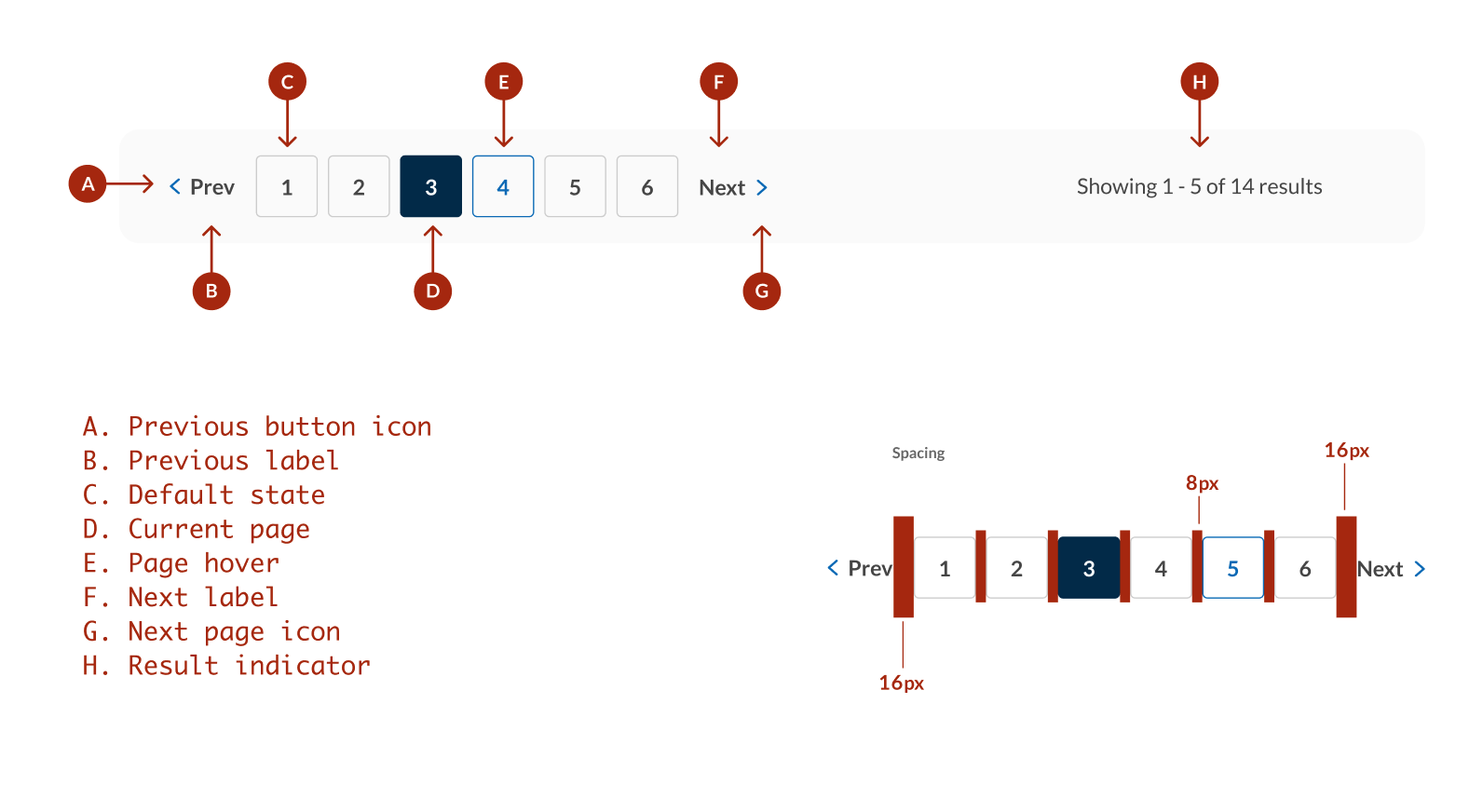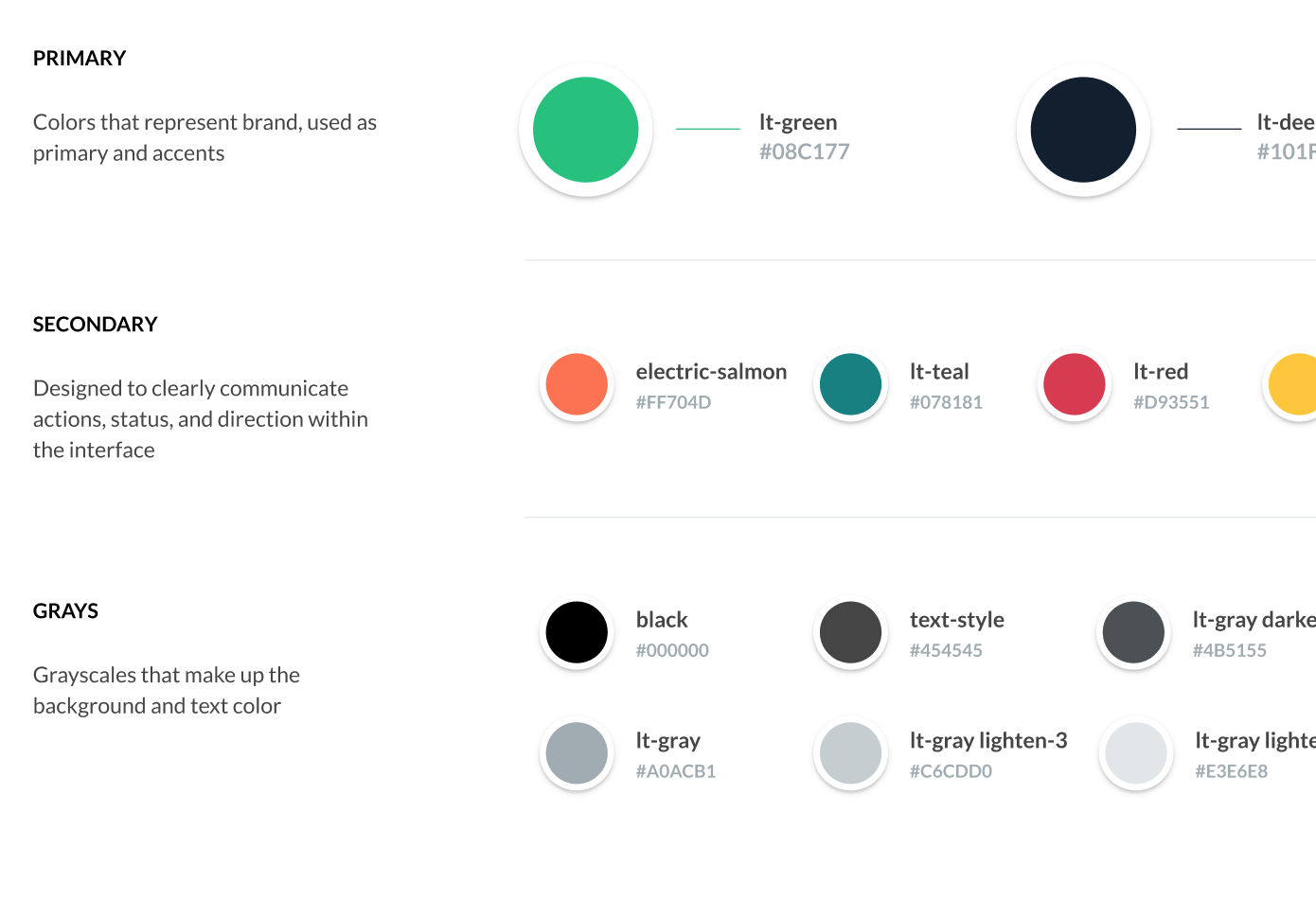Selling the design system
Without a unified language, all products drift towards inconsistency. Teams don’t choose to be inconsistent. The drift goes hand in hand with scale, it just happens.
LendingTree was headed down the path of inconsistency and with team members leaving, new members joining, shifting priorities and multiple business verticals becoming unsustainable to keep visually consistent. We had style guide and a pattern library inside Figma that we were relying on to keep us honest and true to our visual brand and language. We did NOT however have a consensus on the why were were doing things a certain way. Personal opinions and aesthetic preferences got in the way, instead of discussing our options and choosing the best path forward as a group.
I took it upon myself to lead this initiative and walk us towards a more consistent visual future at LendingTree. So as any good designer is apt to do, we started with research. We wanted to learn about the users of this product AKA LendingTree employees. If we incorporate the ideas and feedback that was shared with up and make those ideas into real changes, everyone will benefit. So we did a series of user interviews with product, tech and marketing and listed out the top requests from each group. Then we took all those ideas and made a plan.
Implementing a design system is a culture change. This is not a creative project just for streamlining the creative process. It’s for the entire company and that is the main push to communicate.
Metaphor time
A design system includes a visual pattern library and a style guide, but it also includes all the underlying design principles, rules, and guidelines to help teams create cohesive and consistent experiences.
Think of it like cooking: if you’ve done all your prep work ahead of time -- chopped your vegetables, measured your spices -- then you can start improvising as you assemble your ingredients.
The design system is your pantry, not your cookbook. You have the space to create your own recipe, customize it to your liking. But your not going to cook an entirely different type of cuisine, becuase you don’t even have those ingredients.
Cooking metaphor done.
Why do you even need a metaphor?
Two words, buy in. This needed to excepted and communicated throughout the company, to prove to others that this project is worth the time an effort we are about to put into it. Many people outside of the creative team do not implicitly understand the value that a design system will bring. So I went on a road show with the rest of the creative team to prove our point.






So where did we start?
“I’ll take care of it”
The statement that is both a blessing and a curse. After uttering those words to the larger team and reflecting on what it truly meant I quickly realized I had a heck of a lot of work in front of me both also an amazing opportunity.
The plan:
Stakeholder Interviews
Create Design Principles
Inventory Audit
Name the Design System
Establish MVP (AKA Narrow the scope)
Refine & Contribute
Create promotional materials
Walking through interviews and creating a plan to admittedly longer than we anticipated but with the help of our creative team project manager we had a solid path forward. We knew we would be doing this work during our “day jobs” and it couldn’t get in the way of revenue generating priorities. This made it draw out much longer that would have been ideal but with squeezing in tickets here an there, designers volunteering for extra work we truly started to pick up momentum.
The best part of the entire project was watching the team come together and up their game week by week. We’d focus on typography one week, colors the next, form fields after that, etc, etc until we had redesigned and improved every single visual component that we used as a company. It was such an inspiring time to work at LendingTree because we all knew we were making solid, unified, and research backed decisions about each and every item. We we're just redesigning our buttons, we were making them the best buttons we could possibly create. Making sure they ticked all the boxes and were flexible enough for every scenario we might use them in.
This project took over 8 months of work to finally call it complete enough to share with the company and then the rest of the world. We walked through it dozens of times to make we had crossed our “T”s and dotted our “I”s. We’re quite proud of how it turned out in the end, but of course its a living and breathing design system so there are plenty of items still on the to do list.
If you are curious you can view the whole system on Zeroheight here:




